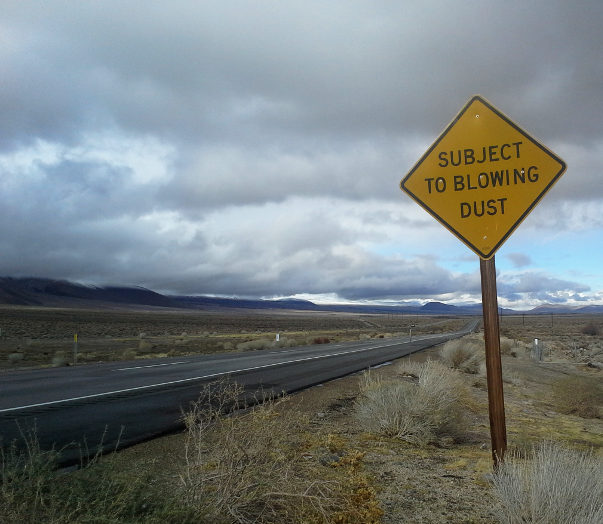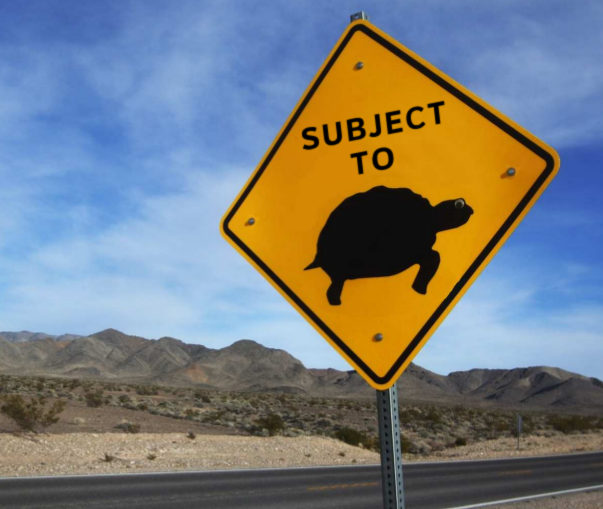I don't have much experience pruning plants for the purpose of shaping them.
I tend to let them grow as they will,
in the spirit of honoring stochasticity.
I have a 20+ year old plant that grows largely downward. For about the past ten years I've had its pot on a shelf near the ceiling of my living room.
The slim thorny branches looked better before they got long enough to reach the floor. The problem wasn't just the form but also that the plant seems overextended. Stems once lush with leaves are now rather spare. I'd rather have a plant that at least looks like it's thriving—so what to do?
Putting it in a larger pot seemed untenable. Starting over (this species is easily cultivated from cuttings) is not my first choice. I decided on pruning much of it away. A friend (who does have a fair amount of experience with plants) told me to prune it in stages. "No," I said, "I'm going to prune the daylights out of it."
Today was pruning day. Now comes waiting to see whether fewer, shorter branches in fact leaf out better.

Seeing this sign today reminded me of Burroughs: It makes me wish it were a trend, with "subject to"
appearing in signs where it's normally implicit, e.g.:
It makes me wish it were a trend, with "subject to"
appearing in signs where it's normally implicit, e.g.:


Eye doctors have the best equipment. Their waiting rooms are always full, because who wouldn't want to rest their head on a fine Swiss microscope.
If only all age-related deterioration were this benign. My eye is OK, no treatment is needed. I've got more floaters but they're more entertaining than annoying. They come and go and usually aren't obtrusive. I'd show you, but my visual cortex doesn't have a print screen button. It's like a snow dome except with cooler shapes that aren't as numerous nor as opaque.
I have a 20+ year old plant that grows largely downward. For about the past ten years I've had its pot on a shelf near the ceiling of my living room.
The slim thorny branches looked better before they got long enough to reach the floor. The problem wasn't just the form but also that the plant seems overextended. Stems once lush with leaves are now rather spare. I'd rather have a plant that at least looks like it's thriving—so what to do?
Putting it in a larger pot seemed untenable. Starting over (this species is easily cultivated from cuttings) is not my first choice. I decided on pruning much of it away. A friend (who does have a fair amount of experience with plants) told me to prune it in stages. "No," I said, "I'm going to prune the daylights out of it."
Today was pruning day. Now comes waiting to see whether fewer, shorter branches in fact leaf out better.

bunny
mammal tracks in the snow.

jackrabbit, this afternoon.
Around 30 years ago, a friend got a gig interpreting for a Japanese
writer who'd come to the USA to interview William S. Burroughs.
My friend told Burroughs he'd always liked the author's
idiosyncratic use of the phrase "subject to", e.g.
(from
Junky):
Junkies run on junk time and junk metabolism. They are subject to junk climate. They are warmed and chilled by junk.Burroughs gave my friend a photo signed with a note that he worked "subject to" into.
Seeing this sign today reminded me of Burroughs:
 It makes me wish it were a trend, with "subject to"
appearing in signs where it's normally implicit, e.g.:
It makes me wish it were a trend, with "subject to"
appearing in signs where it's normally implicit, e.g.:

|
An equilateral triangle inscribed in a circle of diameter
d has sides of length
sin(60°) × d.
An inscribed square's sides have length
sin(45°) × d.
A regular pentagon's sides have length
sin(36°) × d.
Generally: sides of an inscribed regular
n‑gon have length
sin(180°÷n) × d.
For some values of n, sin(180°÷n) can be expressed algebraically, in particular with just the operations +, -, ×, ÷, √. sin(60°) = √3÷2; sin(45°) = √2÷2; sin(36°) = √((5‑√5)÷8). The heptagon is the first regular polygon whose side length cannot be expressed algebraically; sin(180°÷7) is a transcendental number. The only algebraic values of sin(180°÷n) that Euclid was aware of had values of n with prime factors from the set {2,3,5}. No progress was made on finding other examples until 1796, when Gauss showed that sin(180°÷17) is algebraic. This result applies to more than just the construction of regular 17‑gons; it leads to important topics in number theory. I am continually struck by the difference between skill required to understand mathematical operations and to devise them. A demonstration that sin(180°÷17) is algebraic doesn't require more than high school math to follow but it eluded mathematicians for two millenia. Not that math is the only thing that's harder to create than to appreciate, as I am reminded of any time I try to write a short story. |

We had an ice storm.
Something
went wrong with my left eye starting on December 31.
Flashes of light around the edges of the visual field,
and a barrage of new floaters the next day. The web told me these
are symptoms of posterior vitreous detachment, in most cases no big deal
but get it examined right away to make sure the retina isn't torn as well.
Right away in this case came on January 3,
the first day I could find an eye doctor's office open.
How cool of my eye to pick Saturday of a holiday weekend to disintegrate.
Eye doctors have the best equipment. Their waiting rooms are always full, because who wouldn't want to rest their head on a fine Swiss microscope.
If only all age-related deterioration were this benign. My eye is OK, no treatment is needed. I've got more floaters but they're more entertaining than annoying. They come and go and usually aren't obtrusive. I'd show you, but my visual cortex doesn't have a print screen button. It's like a snow dome except with cooler shapes that aren't as numerous nor as opaque.